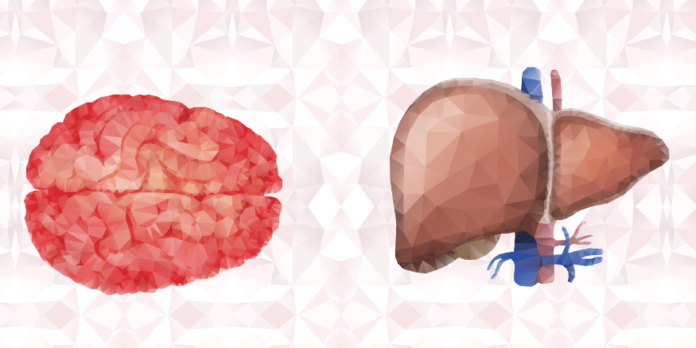Many different conditions can lead to brain dysfunction, which is medically referred to as encephalopathy. When the liver is unable to function normally or when portosystemic shunting causes blood to flow from the digestive system directly to the brain, a condition known as hepatic encephalopathy (HE) develops. HE can show up as a wide variety of neurological and psychological disorders.
Under normal circumstances, the liver converts ammonia to urea, which is then harmlessly eliminated via the kidneys. Maintaining a healthy liver and keeping a check on Increased Liver Enzymes are all about prevention. Loss of the liver’s ability to detoxify ammonia, which instead travels through the bloodstream and reaches the brain, is a key factor in the development of HE, though the precise mechanisms by which this occurs are complex and remain incompletely understood. The debilitating symptoms of encephalopathy, which may include subtle personality changes, confusion, and even coma, are thought to be caused by excessive ammonia and other toxins.
Ways to manage It
Alterations to One’s Way of Life and Diet
Dietary protein restriction was once thought to be helpful in treating HE, but now we know better. Talking to your doctor about getting a full nutritional assessment and tailored advice based on your unique situation is a good idea.
The most important thing is to stop drinking entirely if you haven’t already. You should talk to your doctor before taking any new medication, including any over-the-counter drugs that could potentially sedate you.
Medications
The most popular and successful treatment for OHE is lactulose, a non-absorbable sugar. When consumed in liquid form, it reduces stomach acid and modifies gut bacteria, resulting in a number of health benefits. Patients taking this medication should adjust their dosage so that they have two to three bowel movements per day, preferably of the soft variety. Nausea, gas, abdominal pain, diarrhea, and dehydration are all potential negative reactions.
Because of its poor absorption, Xifaxan is most effective against gastrointestinal bacteria. When lactulose alone fails to prevent recurrent episodes of OHE, this therapy is used as an adjunct. Because getting a new drug approved by the FDA takes so long and costs so much money, manufacturers of brand-name drugs typically recoup their investments by charging higher prices. Only through a mail order pharmacy is it possible to buy medications for people who have problems with the side effects of lactulose.
After an initial episode of OHE has been properly diagnosed and treated, maintenance therapy, such as that outlined above, is usually recommended to prevent a recurrence.
Surgery
Since chronic or acute liver failure is the usual cause of HE, evaluation for a liver transplant may be appropriate when the condition does not respond to medical therapy or when recurrent episodes occur despite maximal medical therapy.
Conclusions
The quality of life of cirrhosis patients is profoundly impacted by recurrent hepatic encephalopathy. Lactulose and Xifaxan combined with patient education can effectively manage the majority of patients. A liver transplant is a curative option for patients with recurrent hepatic encephalopathy and/or severe liver synthetic dysfunction. Some patients may be candidates for experimental treatments.


